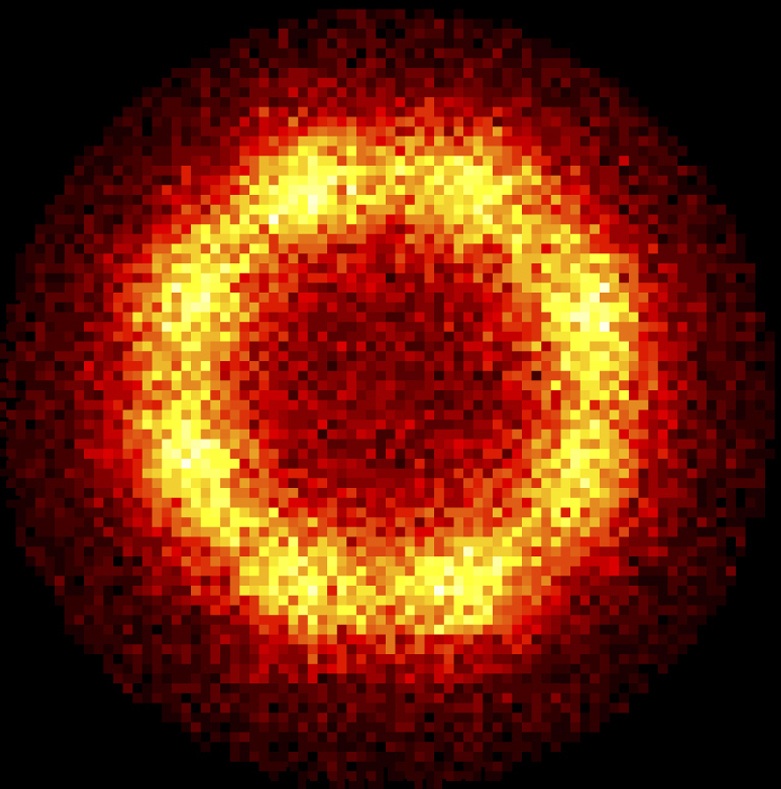GENEVA – Scientists may have been able to capture elusive atoms of antimatter, but don’t expect that to lead to interstellar rocket engines or powerful bombs anytime soon — if ever.
Even as they announced the important advance in studying antimatter, they emphasized that science fiction uses of the stuff — like propelling the starship Enterprise in “Star Trek” or fueling a bomb in Dan Brown’s book “Angels and Demons” — remain in the realm of the imagination.
International physicists at the European Organization for Nuclear Research, or CERN, said they had overcome a basic problem in studying atoms of antimatter. While such atoms have been created routinely in the lab for years, they tend to disappear so quickly that scientists don’t have a chance to study them.
But in a report published online by the journal Nature, the scientists said they’d been able to trap individual atoms and keep them around for a bit more than one-tenth of a second.
“For us it’s a big breakthrough because it means we can take the next step, which is to try to compare matter and antimatter,” American scientist Jeffrey Hangst said Thursday
Hangst and his colleagues, who included scientists from Britain, Brazil, Canada, Israel and the United States, trapped 38 anti-hydrogen atoms individually. Hangst said that since the experiments they reported in Nature, they’ve been able to hold on to the atoms even longer.
“Unfortunately I can’t tell you how long, because we haven’t published the number yet,” Hangst said. “But I can tell you that it’s much, much longer than a tenth of a second. Within human comprehension on a real clock.”
Studying such trapped atoms could help answer basic questions in physics, like why antimatter has disappeared from the natural universe while ordinary matter abounds in the stars, planets and galaxies. Theorists say both must have been created in equal amounts in the Big Bang.
To trap the anti-atoms inside an electromagnetic field and to stop them from annihilating ordinary atoms, researchers had to create anti-hydrogen at temperatures less than a half-degree above absolute zero.
Hangst played down speculation that antimatter might someday be harnessed as a source of energy or to create a powerful weapon like in “Angels and Demons.”
“It would take longer than the age of the universe to make one gram of antimatter,” he said, calling the process “a losing proposition because it takes much more energy to make antimatter than you get out of it.”
Send questions/comments to the editors.



Success. Please wait for the page to reload. If the page does not reload within 5 seconds, please refresh the page.
Enter your email and password to access comments.
Hi, to comment on stories you must . This profile is in addition to your subscription and website login.
Already have a commenting profile? .
Invalid username/password.
Please check your email to confirm and complete your registration.
Only subscribers are eligible to post comments. Please subscribe or login first for digital access. Here’s why.
Use the form below to reset your password. When you've submitted your account email, we will send an email with a reset code.